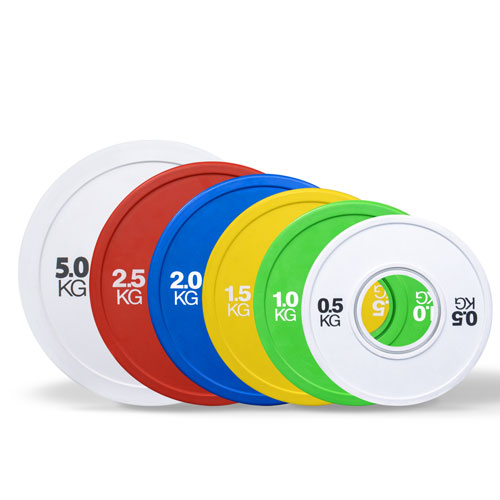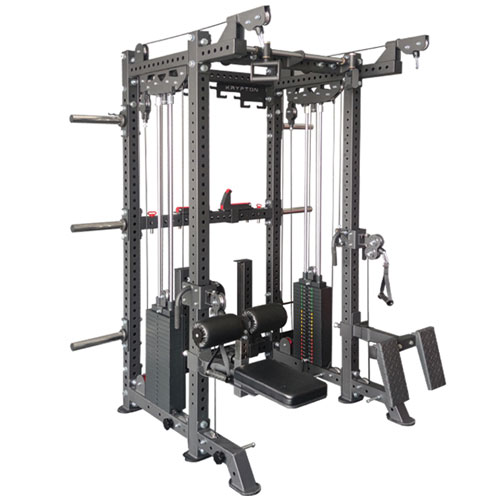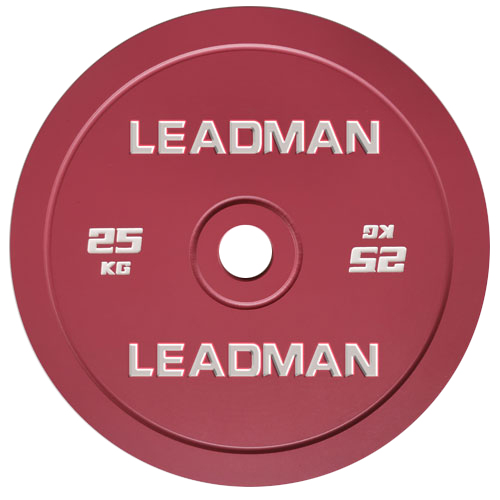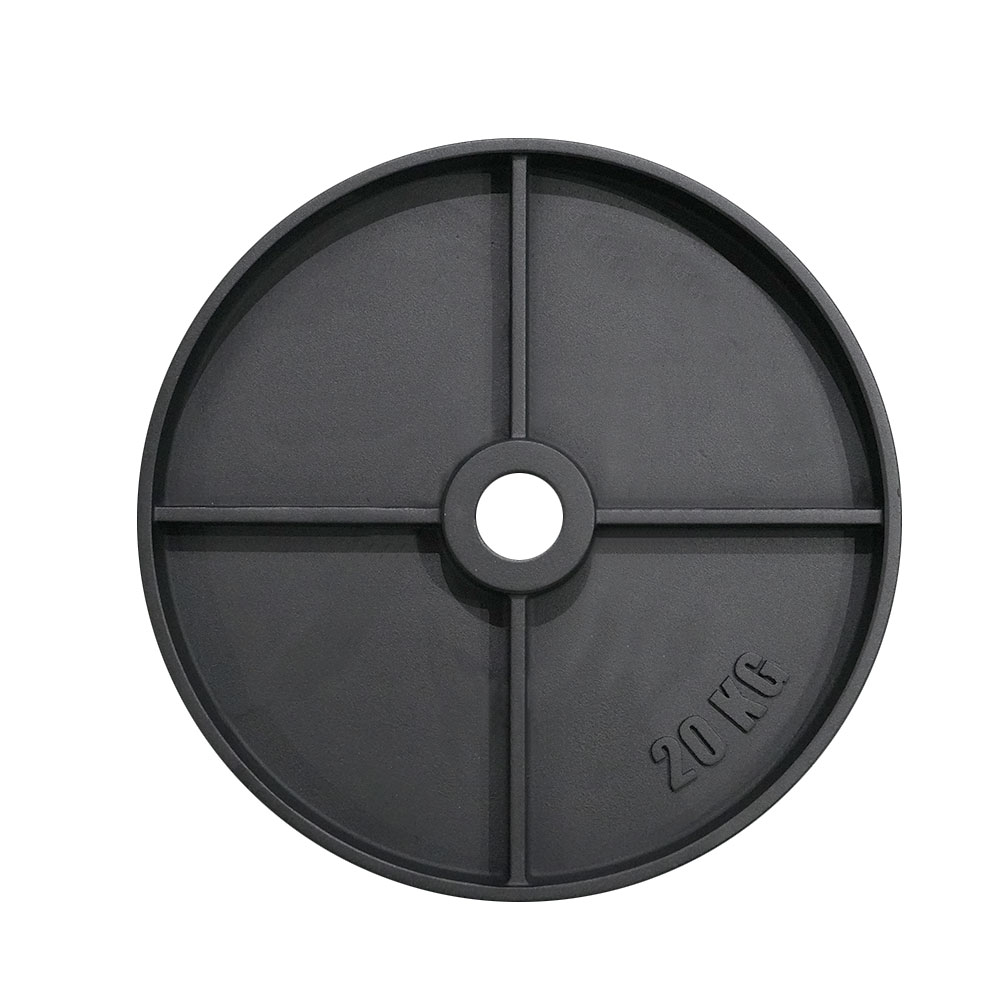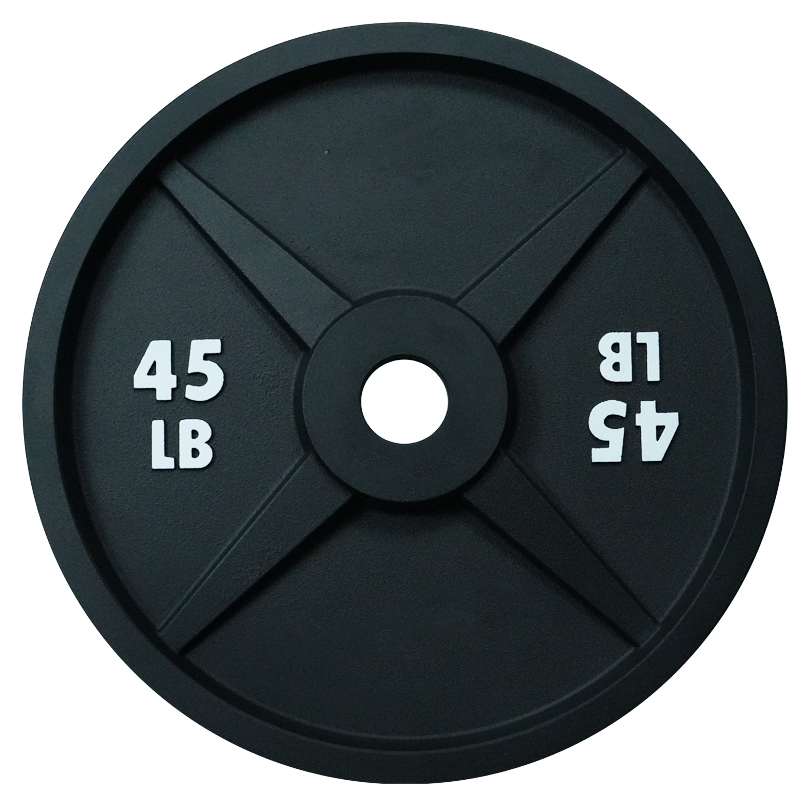How to Perfect Your Hex Bar Deadlift Technique
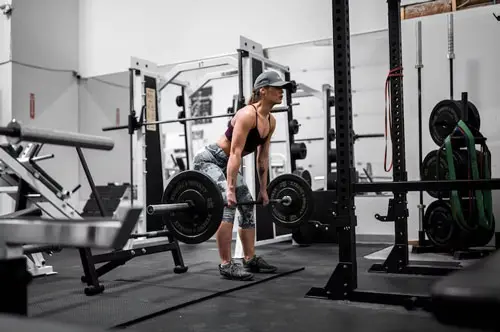
The hex bar deadlift, an indispensable exercise in strength training, offers numerous benefits. Its unique design reduces strain on the lower back, making it an ideal alternative to the traditional barbell deadlift. Proper technique is paramount not only for maximizing results but also for injury prevention. This guide aims to provide you with comprehensive insights into mastering the hex bar deadlift.
Warm-Up
A thorough warm-up is crucial before any weightlifting session. It prepares your body for the intense exertion ahead. Include exercises such as:
- Light Walking: 5-10 minutes of brisk walking to increase heart rate.
- Dynamic Stretching: Leg swings, arm circles, and torso twists to enhance mobility.
- Banded Hip Thrusts: 2-3 sets of 10-15 reps to activate the glutes and hamstrings.
Setup
Choosing the Weight
Determine an appropriate weight for your fitness level. Start with a manageable load and gradually increase it as you progress. It's essential to prioritize form over lifting heavy weights.
Foot Positioning
Stand with your feet hip-width apart inside the hex bar's hexagonal frame. Your toes should point slightly outward, which helps in maintaining balance and stability during the lift.
Gripping the Bar
Grip the bar with your hands just outside your legs, using an overhand or mixed grip. Grip width should be slightly wider than shoulder-width to allow for proper arm positioning.
Execution
Lowering Phase
Begin with the bar resting on the ground. Engage your core, push your hips back, and lower your body by bending your knees. Keep your back straight and head aligned with your spine. This position is crucial for maintaining a strong and stable posture.
Lifting Phase
Drive your feet into the ground and extend your legs, lifting the weight back to the starting position. Focus on keeping your core engaged and spine neutral throughout the movement. Exhale as you lift to maintain intra-abdominal pressure.
Common Mistakes
Bending Knees Too Early
Avoid bending your knees before your hips, as this places excessive stress on the quadriceps. Instead, initiate the movement by pushing your hips back.
Rounding Back
Keep your back flat and avoid arching or rounding it. This protects your spine from injury. A neutral spine position is essential for safe lifting.
Lifting Too Much Weight
Use a weight that challenges you without compromising your form. Gradually increase the load as your strength improves.
Advanced Techniques
Tempo Training
Vary the speed of the movement to enhance muscle endurance. For instance, lower the weight for 4 seconds and lift it back up in 2 seconds. This technique increases time under tension, promoting muscle growth.
Deficit Deadlifts
Elevate your feet on a platform to increase the range of motion, targeting deeper muscle fibers. This variation can enhance strength in the lower part of the lift.
Pause Deadlifts
Hold the weight just below your knees for a brief pause before lifting. This builds strength and improves technique, as it forces you to maintain tension and focus on form.
Equipment Recommendations
Investing in high-quality equipment like LEADMAN's hex bars ensures optimal performance and longevity. Our bars are engineered with durability, comfort, and versatility in mind, allowing you to perform various exercises with confidence.
The Importance of Durable Equipment
Substandard equipment can pose safety risks and hinder your progress. Leadman's commitment to manufacturing professional-grade fitness solutions ensures your safety and investment. Our products are designed to withstand rigorous training sessions.
Professional Gym Setup and Customization Options
Leadman Fitness offers expertise in commercial gym equipment and custom setup solutions. Whether you need a complete gym setup or a tailored design, we work closely with you to meet your unique requirements. Our after-sales support provides worry-free maintenance, ensuring your equipment remains in top condition.
Recovery and Cool-Down
Stretching and Foam Rolling
Dedicate time to stretching the muscles involved in the deadlift, such as the hamstrings, quadriceps, and glutes. Foam rolling can assist in reducing muscle soreness and promoting recovery, improving flexibility and blood flow.
Rest and Nutrition
Allow adequate rest and replenish your body with protein, carbohydrates, and fluids. This facilitates muscle repair and recovery. Aim to consume a balanced meal post-workout to optimize recovery.
Conclusion
Mastering proper hex bar deadlift technique requires consistent practice and attention to detail. By following these guidelines and incorporating advanced techniques, you can enhance your strength, improve your posture, and maximize your results. Remember, if needed, seek professional guidance from a certified strength and conditioning specialist to ensure optimal form.
FAQ about Hex Bar Deadlifts
1. What are the benefits of using a hex bar for deadlifts?
The hex bar allows for a more natural lifting position, reducing strain on the lower back and promoting better form. It also engages the legs and glutes more effectively than a traditional barbell deadlift.
2. How often should I incorporate hex bar deadlifts into my routine?
Depending on your training goals, incorporating hex bar deadlifts 1-2 times a week can be beneficial. Ensure adequate recovery time between sessions to prevent overtraining.
3. Can beginners perform hex bar deadlifts?
Yes, beginners can perform hex bar deadlifts. The hex bar's design makes it easier to maintain proper form, making it a great choice for those new to weightlifting.
4. What should I do if I experience pain while performing a hex bar deadlift?
If you experience pain during the lift, stop immediately and assess your form. If pain persists, consult a healthcare professional or a certified trainer to evaluate your technique and address any underlying issues.

